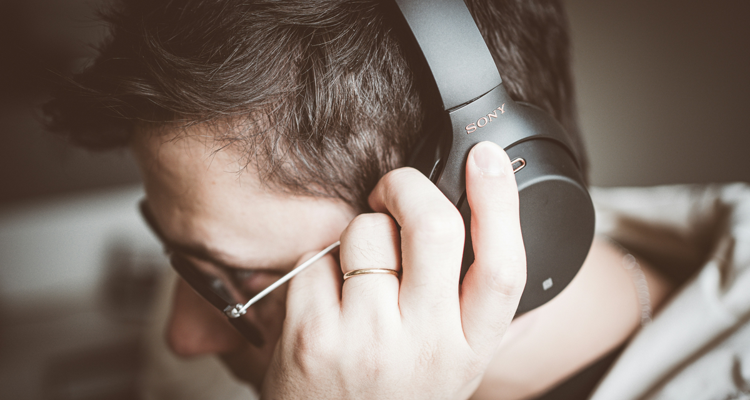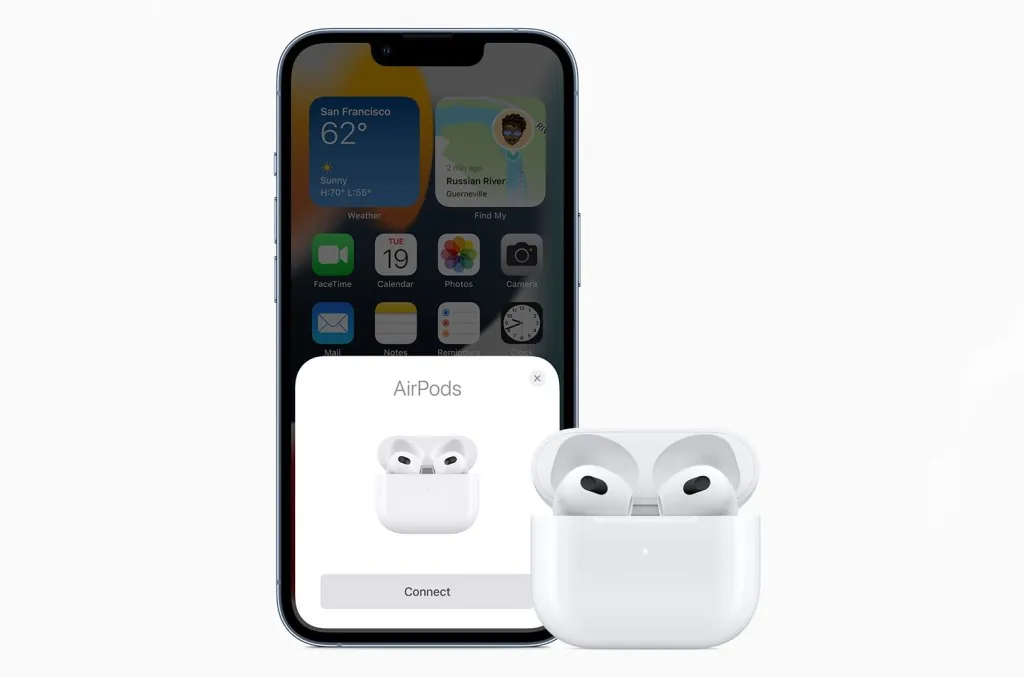Is Noise Cancelling Bad for Your Ears?


Photo Credit: Rafael Leão
Is noise-cancelling technology actually bad for your ears? New research suggests that more Gen Z and Millennials are at risk of hearing loss due to their excessive headphone use — so what’s the best way to prevent hearing damage, with or without noise-cancelling technology?
Noise-cancellation is fast becoming a staple feature for those shopping for new headphones and earbuds, as many users can see the benefits of cancelling ambient noise while on their daily commute or at the gym. But new research from the World Health Organization indicates that around one billion Gen Z and Millennials are at risk of hearing loss due to excessive use of headphones — so you might wonder if using noise-cancelling technology is helping or actively hurting your ears.
Is Noise-Cancelling Bad for Your Ears?
The short answer is no — noise cancellation isn’t any worse for your ears than traditional headphones or earbuds. The problem is that many people turn their volume up to unsafe levels, sometimes exceeding 100dBA (decibels audible to the human ear). This can cause tinnitus or hearing loss over time; people may become accustomed to listening at an increased volume, so the changes aren’t immediately noticeable.
In fact, traditional earbuds or headphones without noise cancellation can be worse than the noise-cancelling variety, since people are more likely to increase the volume to break through the ambient noise of an airplane, coffee shop, or office.
The FDA does not regulate headphone volume, making it imperative that individuals monitor their own listening levels. A good rule of thumb to protect your hearing when listening with regular (non-noise-cancelling) headphones is to keep the volume low enough that you can still hear the person next to you. But what about noise-cancelling headphones?
How Does Noise-Cancelling Technology Work?
Noise cancellation works by creating an “anti-noise” wave, 180 degrees out of phase with the original soundwave — cancelling specific sound frequencies before they reach your ears. For example, the external microphones on your AirPods pick up sound in the environment and then create an inverse wave to nullify the environmental sound around you. This process happens rapidly at around 200 times per second.
Noise-cancelling headphones can benefit your ears when in an environment with “steady-state,” or low-frequency noise, such as a busy coffee shop or traffic sounds while you’re taking a walk. The technology helps you listen without having to increase the volume to dangerously high decibels to drown out the background noise. But the volume should still stay below 80dBA, and nothing above 85dBA to prevent damage that could lead to permanent hearing loss.
How to Prevent Hearing Damage When Using Noise-Cancelling Headphones
It’s important to keep the volume at a “reasonable level” — preferably below 80 decibels — when using noise-cancelling headphones. If you’re not sure how loud that is, try keeping the volume no higher than 70% of your device’s maximum volume. Many smart phones also offer listening volume monitoring.
How well the technology works depends on whether there are a lot of sudden loud sounds in the environment that are harder to nullify, and how well the headphones fit your ears. Many models of noise-cancelling headphones also make use of passive noise cancellation by surrounding your ear to nullify even more sound.
Headphones vs Earbuds: Which is Better For Your Ears?
Neither option will be worse for your ears than the other, provided you maintain a reasonable listening volume. If you prefer earbuds, make sure you try different padding sizes when applicable to find the best fit for your ear canal — many default earbud sizes may fit a larger ear better than a smaller ear, so you may have to try different sizes to find the right one.
Earbuds with noise-cancellation work well, but do not seal off the ear canal as well as over-the-ear headphones, which may be a deal-breaker for some. If you’re looking for more noise reduction overall, over-the-ear, circumaural (surrounding the entire ear) headphones are the best choice.
Although they’re bulkier, their ability to seal off the ear better than an earbud or a headphone simply placed against the ear is unmatched. Well-fitting headphones make it easier to listen at a safer volume, because more noise is being filtered out naturally by the fit of the headphones.
Whether you prefer the crisp sound of over-the-ear headphones or the convenience of earbuds, maintaining a reasonable listening level not exceeding 80-85 decibels (70% volume) should always remain your top priority to protect your short-term and long-term hearing.
Link to the source article – https://www.digitalmusicnews.com/2023/11/19/is-noise-cancelling-bad-for-your-ears/
Recommended for you
-
Coolmusic BP80 Battery Powered Acoustic Guitar Amplifier- Portable Bluetooth Speaker 100W, 6 Inputs,3 Band EQ,Black
$225,99 Buy From Amazon -
SOLUTEK Footswitch Topper Guitar Pedal Button Caps with 3 Set Screws and Protective Fitting Increasing Accuracy,Comfort for Common Switches diameter of 3/8″| SOLUTEK BUTTONS V1 12Pcs Multi-colors
$23,99 Buy From Amazon -
D’Addario Accessories Screeching Halt Acoustic Guitar Soundhole Cover – Acoustic Guitar Accessories – Eliminates Feedback,Black
$5,95 Buy From Amazon -
Ernie Ball Earthwood Medium Light Phosphor Bronze Acoustic Guitar Strings, 12-54 Gauge (P02146)
$6,99 Buy From Amazon -
Brass Military Trumpet Cavalry Bugle Orchestra Gold Color Professional
$31,66 Buy From Amazon -
Elixir Strings, Acoustic Guitar Strings, Phosphor Bronze with NANOWEB Coating, Longest-Lasting Rich and Full Tone with Comfortable Feel, 6 String Set, Light 12-53
$18,99 Buy From Amazon -
Otamatone Deluxe [Hatsune Miku Edition] Electronic Musical Instrument Portable Synthesizer from Japan Maywa Denki [Includes Removable Plush Wig]
$99,98 Buy From Amazon -
PreSonus Studio 26c 2×4, 192 kHz, USB Audio Interface with Studio One Artist and Ableton Live Lite DAW Recording Software
$0,00 Buy From Amazon













Responses